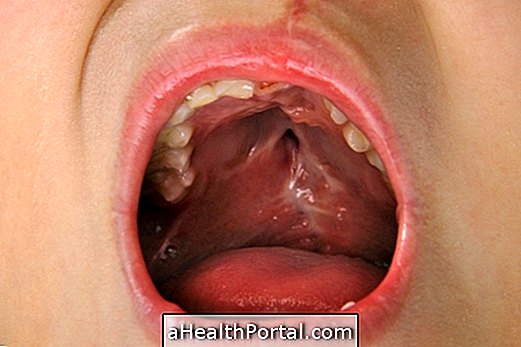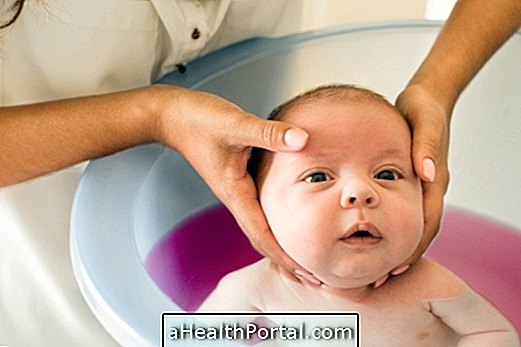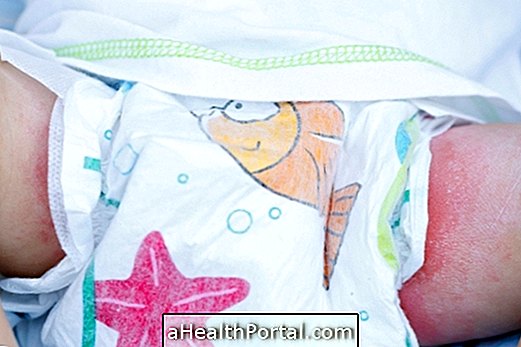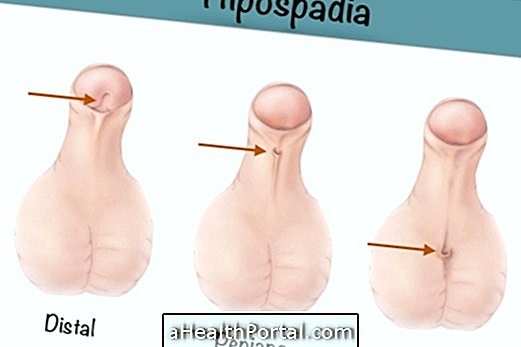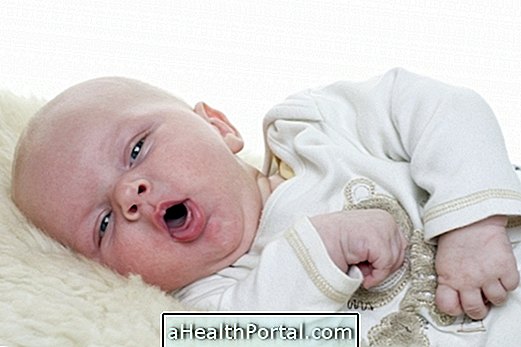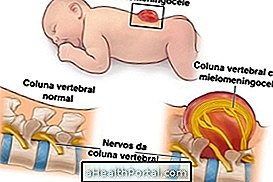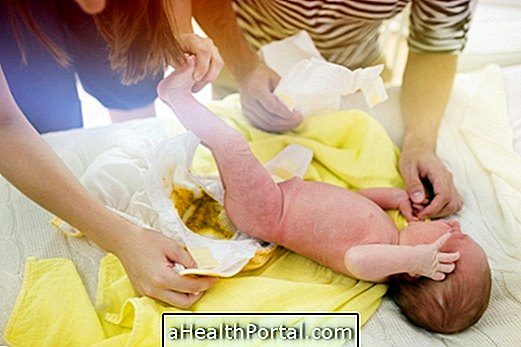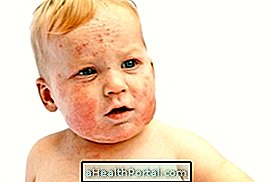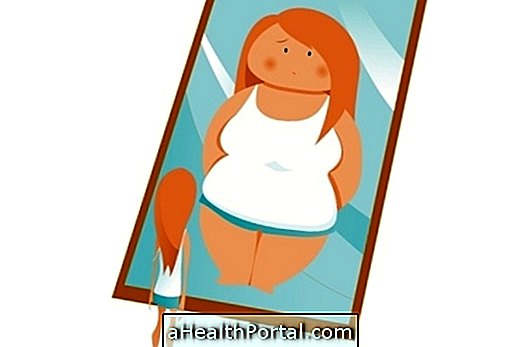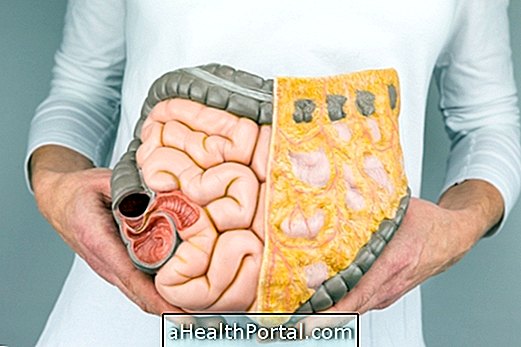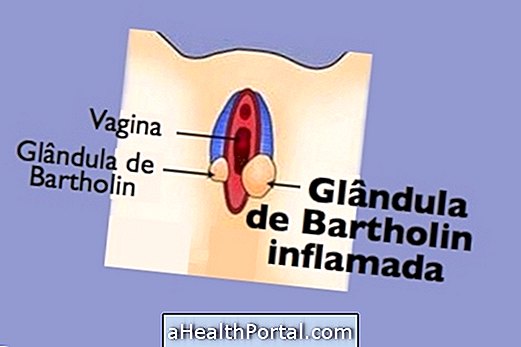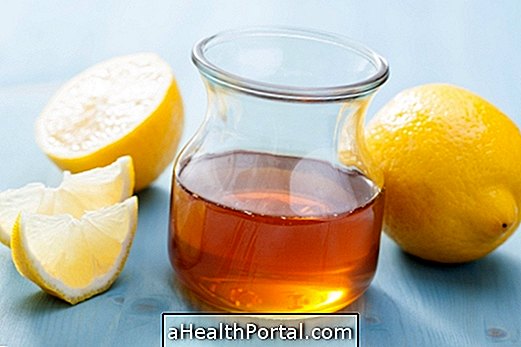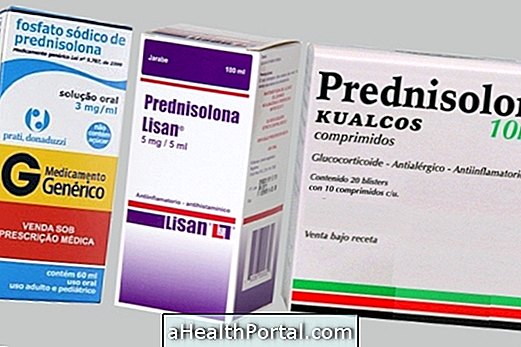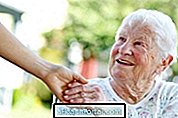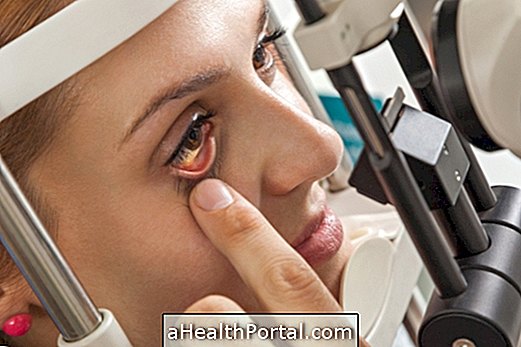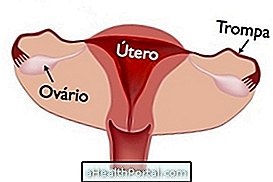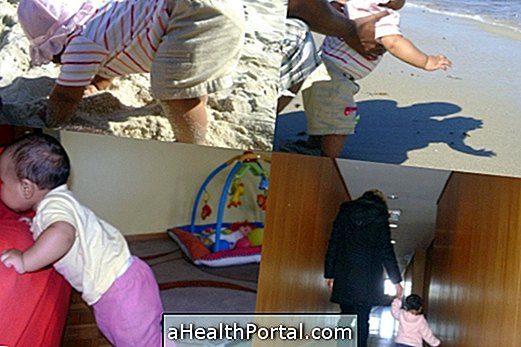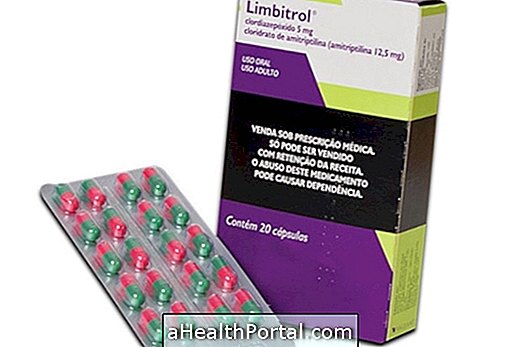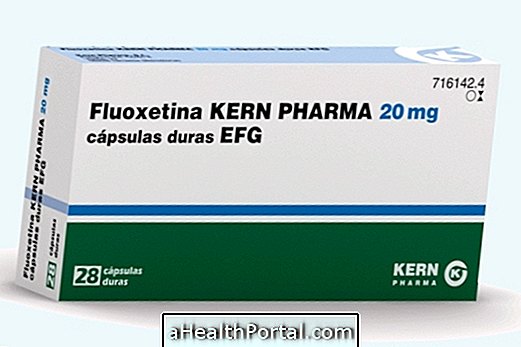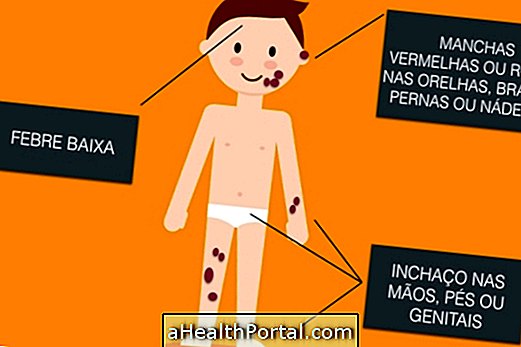Spotting on the baby's skin is very common in the first year of life because the baby's skin is very sensitive and reacts against any kind of substance, from the sun's rays to bacteria, for example. Generally, they are not serious and their treatment can easily be done with creams and ointments indicated by the pediatrician.
Birthmarks usually do not need treatment and do not cause complications, but should be observed by the pediatrician to ensure that they are not a sign of a skin problem.
Common Causes of Stains on Baby's Skin
Baby stains can be easily identified through their characteristics, shape or moment when they appear, however, it is always recommended to consult your pediatrician before starting any type of treatment.
1. Rash
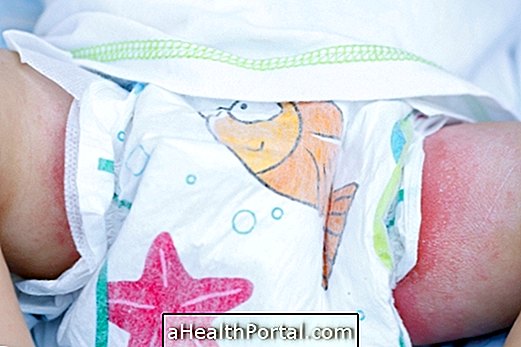
The rash is common in the baby wearing diaper, manifesting as red patches on the buttock and genital area of the baby due to the contact of faeces and urine with the skin, being very common on summer days and when the baby spends a lot of time with the same diaper.
What to do: Keep your buttocks and genital area clean and dry, changing diapers when they are dirty, and apply a rash cream, such as Hypoglossus, to protect the skin against the acidity of faeces and urine. See what else you can do to heal the baby's rash.
2. Neonatal Acne

Neonatal acne can occur up to 6 months of the baby's life, however, it is more frequent in the first 3 weeks, producing small red or white polka dots on the skin of the baby's face, forehead or back.
What to do: Neonatal acne treatment is not necessary and it is only advisable to wash the affected area with neutral pH water and soap suitable for the baby's skin. In cases where the pimples do not disappear after 6 months, the pediatrician should be consulted again to evaluate the need to start treatment with acne products.
3. Intertrigo

Intertrigo is a red spot on the baby's skin that appears in the region of the folds, such as in the legs and neck, especially in chubby babies less than 6 months old. Usually, intertrigo does not bother the baby, but it can cause pain when it is too big.
What to do: Wash and dry the skin area well under the folds of the skin and pass an ointment with vitamin A or zinc, such as Hypoglossus, under medical supervision.
4. Seborrhea

Seborrhea may appear as red spots on the eyebrows or scalp, as well as cause a thick, yellowish layer on the baby's head, similar to dandruff.
What to do: Wash your hair with water and neutral pH shampoo suitable for babies and, after bathing, comb with a soft bristle brush to remove the cones. Another option is to apply warm oil before the bath to facilitate the removal of the cones with the brush or comb.
5. Catapora

Chickenpox, also known as chickenpox, is a very common disease in infants and children that causes tiny patches on the skin that cause a lot of itching, making the baby cry and get irritated easily.
What to do: It is recommended to consult your pediatrician before starting treatment, as it may be necessary to use antiallergic ointments, such as Polaramine, to reduce symptoms and treat red chicks. See more tips on how to treat Chicken Pox.
6. Brotoeja

Brotocele is the appearance of small red or white polka dots on the skin due to excess heat and therefore are frequent after being inside a hot car or when the baby is wearing too much clothing. Dots may appear anywhere on the body, especially in the neck, back, and in the folds of the arms and knees.
What to do: wear clothes appropriate for the season, avoiding very hot clothes indoors and other warm environments. In addition, prolonged sun exposure should be avoided even during trips in the car.
7. Milium in the face

The milium are small cysts that arise in the nose or near the baby's eyes. These are small and benign, and there is no need for specific treatment. They arise especially in the summer, or when the newborn gets a fever.
What to do: There is no need for specific treatment, but to avoid becoming worse and turning into liquid filled pellets, you can put an ice pack, because this decreases perspiration, reducing the risk of the milium getting full of sweat, which can not be eliminated. See photos of this complication of the milium in the newborn.
In addition to the indicated care, parents should take the baby regularly to the pediatrician to assess the progression of blemishes and adjust the treatment if necessary.
See too:
- What can be red spots on baby
- What can cause changes in baby's stool
